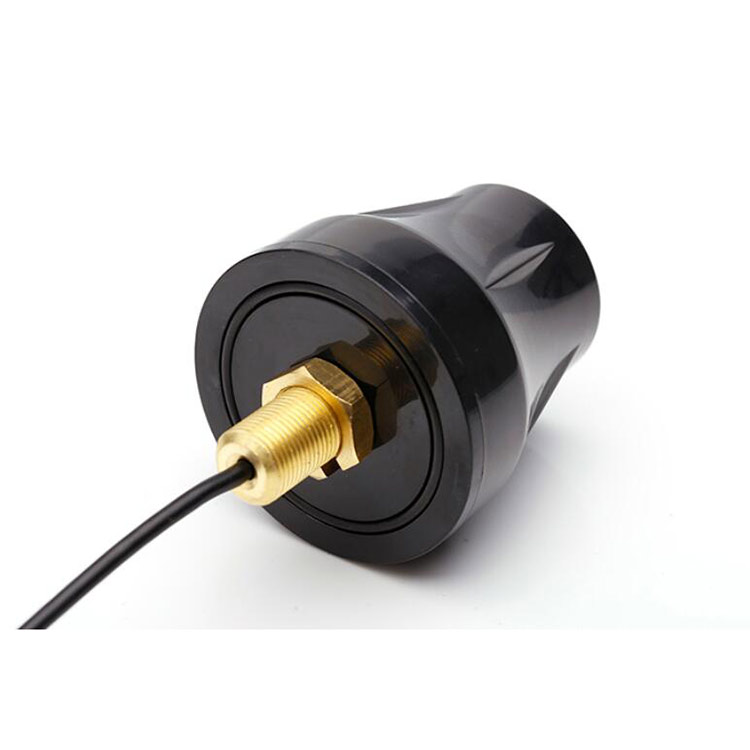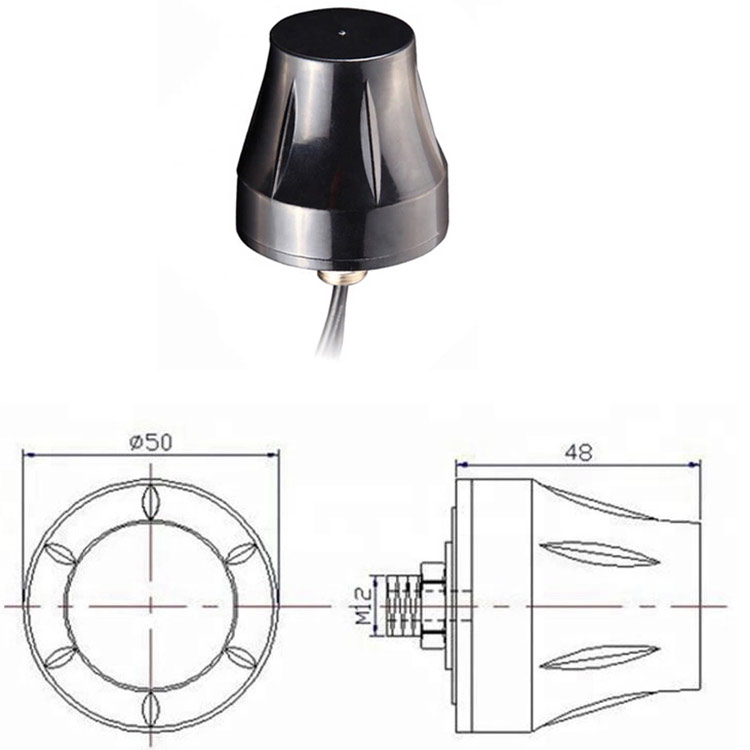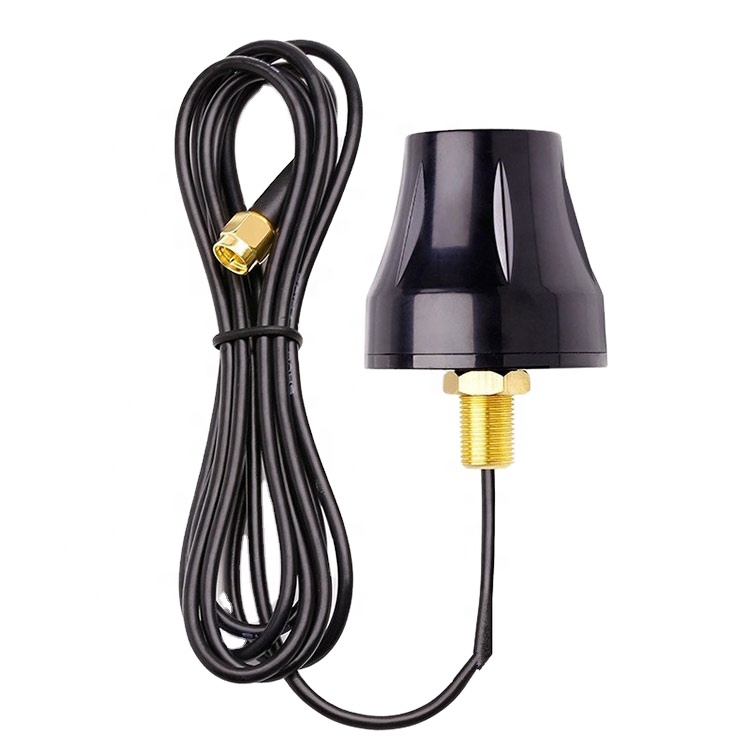Vehicle screw mount waterproof GPS antennas are integral to a broad spectrum of real-world applications across multiple industries. In fleet management, they enable real-time vehicle tracking, route optimization, fuel efficiency monitoring, and driver behavior analysis for logistics companies, public transit agencies, and delivery services. Emergency response vehicles—such as ambulances, fire trucks, and police cars—rely on these antennas for precise location reporting during dispatch and navigation, ensuring rapid response times. In the construction and mining sectors, heavy machinery equipped with GPS tracking improves equipment utilization, prevents theft, and supports automated guidance systems for grading and excavation.
Agricultural machinery, including tractors and harvesters, uses these antennas for precision farming techniques such as auto-steering, yield mapping, and variable rate application of seeds and fertilizers. Marine vessels employ them for navigation, docking assistance, and asset tracking in coastal and inland waterways. Long-haul trucking benefits from compliance with electronic logging devices (ELDs) and Hours of Service (HOS) regulations, where accurate GPS data is mandatory. Additionally, shared mobility services, such as rental cars and autonomous shuttles, depend on robust external antennas to maintain continuous connectivity and geofencing capabilities.
Looking ahead, future trends point toward deeper integration with emerging technologies. As 5G and C-V2X (Cellular Vehicle-to-Everything) communication expand, GPS antennas will increasingly function as part of hybrid positioning systems that combine GNSS with cellular triangulation, inertial navigation, and sensor fusion for seamless indoor-outdoor tracking. High-precision GNSS technologies like Real-Time Kinematic (RTK) and Precise Point Positioning (PPP) will become more accessible, enabling centimeter-level accuracy for autonomous vehicles and drone delivery systems.
Smart antenna designs with onboard diagnostics, self-tuning capabilities, and EMI filtering will enhance reliability in electric and hybrid vehicles, where electromagnetic noise levels are higher. Furthermore, sustainability initiatives may drive the adoption of recyclable materials and energy-efficient components. As artificial intelligence and edge computing advance, GPS antennas could evolve into intelligent nodes capable of predictive maintenance, anomaly detection, and adaptive signal processing, playing a pivotal role in the next generation of connected and autonomous transportation ecosystems.
Conclusion
Vehicle screw mount waterproof GPS antennas represent a cornerstone technology in modern mobile tracking and navigation systems. Their robust design, reliable performance, and resistance to environmental stressors make them indispensable for commercial, industrial, and emergency applications where uninterrupted and accurate positioning is essential. By providing superior signal reception through strategic external mounting and advanced RF engineering, these antennas ensure that vehicles remain connected and locatable under the most demanding conditions.
While challenges related to installation, interference, and physical vulnerability exist, ongoing advancements in materials, amplification, and integration continue to mitigate these issues. The convergence of GPS with 5G, V2X, and AI-driven analytics is paving the way for smarter, more resilient transportation networks. As autonomous systems and smart infrastructure evolve, the role of the GPS antenna will expand beyond simple location reporting to become a critical component in real-time decision-making, safety enhancement, and operational efficiency.
In conclusion, vehicle screw mount waterproof GPS antennas are not merely accessories but vital enablers of the connected world. Their continued innovation will support the growing demand for precision, reliability, and scalability in global navigation systems, ensuring that vehicles of all kinds can move safely, efficiently, and intelligently across land, sea, and air. As we advance toward a fully integrated mobility future, these durable and high-performing antennas will remain at the heart of location-based technologies, driving progress across industries and improving how we monitor, manage, and navigate our world.




































































 Language
Language
 En
En Cn
Cn Korean
Korean

 Home >
Home > 








 18665803017 (Macro)
18665803017 (Macro)













